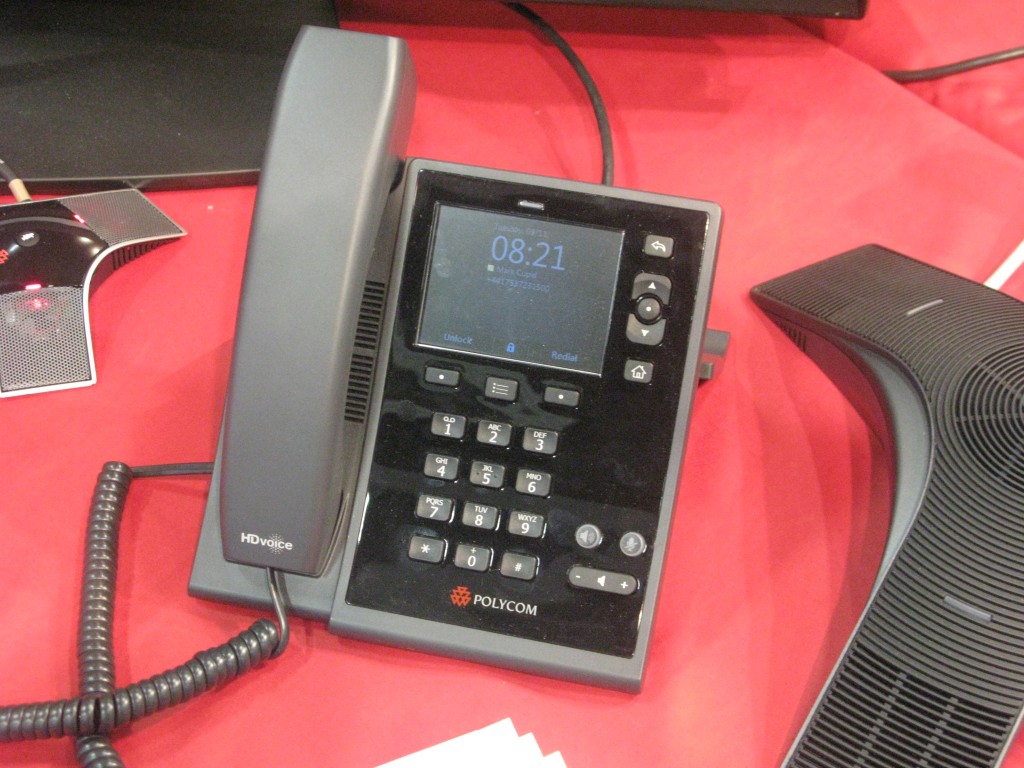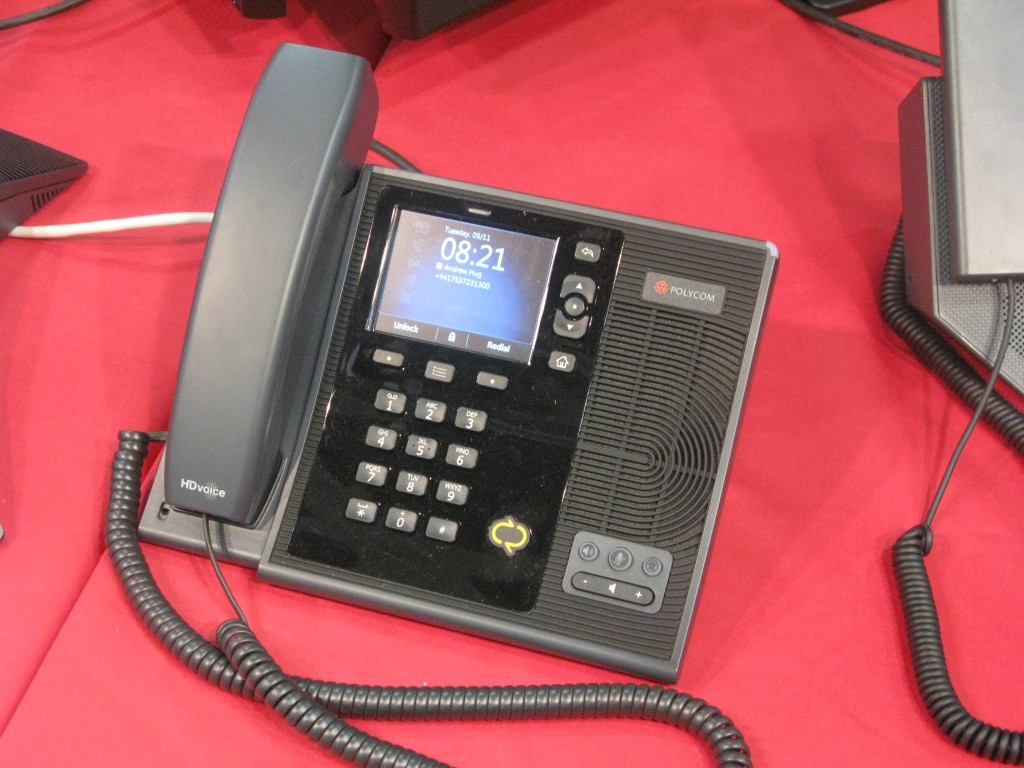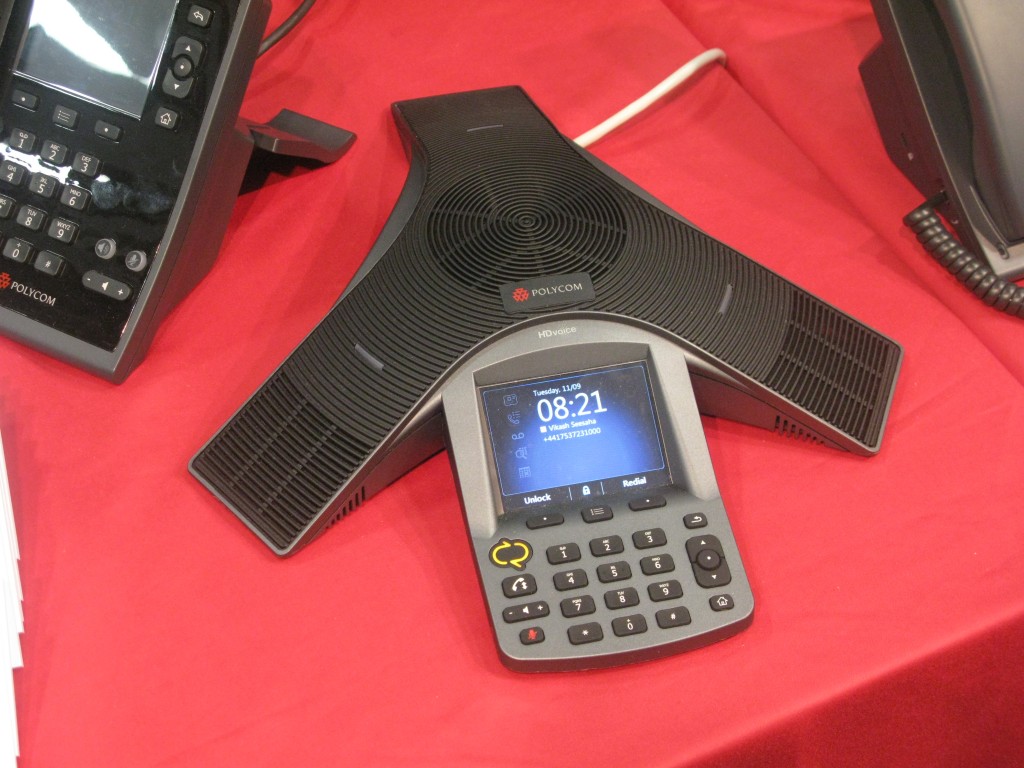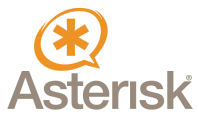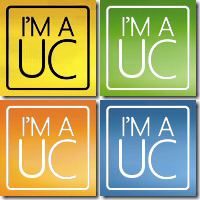
Microsoft late yesterday announced that their latest iteration of Communications Server (now dubbed Lync Server) has RTM’ed, for those that are unaware… this a term used to indicate that a software release has reached a point whereby it is ready to or has been delivered or provided to the customer.
General availability for Lync is expected on November 17th – however I’d suspect TechNet, MSDN and EA customers to get their hands on the bits sooner (watch this space!)
The following is taken from the Microsoft Unified Communications Group Team blog:
Today I have the pleasure of blogging about the final engineering milestone for Microsoft Lync 2010 – the next release of Office Communications Server and Communicator – also known as Release to Manufacturing, or RTM. We’re incredibly excited about this release as it’s really the culmination of a five-year journey to help customers transform the way they communicate. This platform has evolved over the past few years. Office Communications Server 2007 (OCS 2007; released November 2007) introduced Communicator and a totally new experience for enterprise IM, presence and conferencing built into the Office applications people use every day. In February 2009, OCS 2007 R2, added on premise audio conferencing that was easy to manage, saved customers money, added core enterprise telephony features, and better supported collaboration through richer online meetings and ad hoc conversations via Communicator.
The Lync 2010 release takes collaboration and productivity to the next level by:
- Providing a single platform that integrates the various modes of communication necessary for people and businesses to be productive. It does this for the end user via a single client experience, and on the back-end with a unified infrastructure and management experience. We knew that for customers to see real value, they would need to achieve cost savings that come from bringing this all together as well as a smart interface to encourage user adoption.
- Enabling an extensible and open platformthat invites corporate and professional developers around the world to help us provide customers with greater flexibility. Many developers are already reshaping their business models based on the Lync platform. For example, Joe Schurman, a Microsoft partner at Evangelyze Communications, recently said that the Lync platform “has forever changed how our organization develops and produces software.” The success here will be driven by our open approach to interoperability which enables Lync to work with existing communications systems while implementing a single API set across all modes of communication, simplifying the developer experience.
- Rounding out enterprise voice capabilities so that Lync can help the broadest set of customers reduce legacy infrastructure costsand enhance that infrastructure with an incredibly rich set of softphone capabilities. Employees are able to work more effectively from home, on the road, or in any number of evolving workplace scenarios.
- Supporting our partner community by enabling them to provide an optimized experience with Lync. This is exemplified by the enormous range of devices available from partners around the world. We and our partners will have a ton more to say about the advances here at launch.
What’s next for Lync? The final milestone is general availability (GA), which means making Lync 2010 available to customers and partners around the world. We’re on track for GA and planning a worldwide launch event on Wednesday, November 17, 2010. We hope you’ll tune in here: http://www.microsoft.com/lyncto watch live demos of the final product, see examples from the more than 100 new Lync certified devices and hear from customers who have deployed early releases of Lync 2010. The launch event, to be broadcast live, will feature a keynote from Chris Capossela, senior vice president of the Microsoft Office Division, who will talk about how Lync fits into Microsoft’s broader productivity platform, including SharePoint, Exchange and Office. Chris will be joined by a few special guests, including Gurdeep Singh Pall, corporate vice president of the Office Communications Group and Lync R&D team.
If you caught our Office 365disclosure last week, you saw that the next version of cloud productivity from Microsoft will also deliver the 2010 suite of products, including Office, Sharepoint, Exchange and Lync, to customers of all sizes. Additionally, Lync Online will federate with consumer communication applications like Windows Live Messenger (now supporting high definition audio and video), and with IM and presence with AOL, Yahoo!, Google and Jabber. Getting connected with others is a beautiful thing!
On behalf of the entire team, I want to thank our customers and partners who have helped us reach this milestone. Kudos to the incredible Lync product team who have been marching hard with three major releases in as many years to deliver the platform our customers and partners have been waiting for. We look forward to hearing your feedback on Microsoft Lync.
Kirk Gregersen, Senior Director
Source: here



